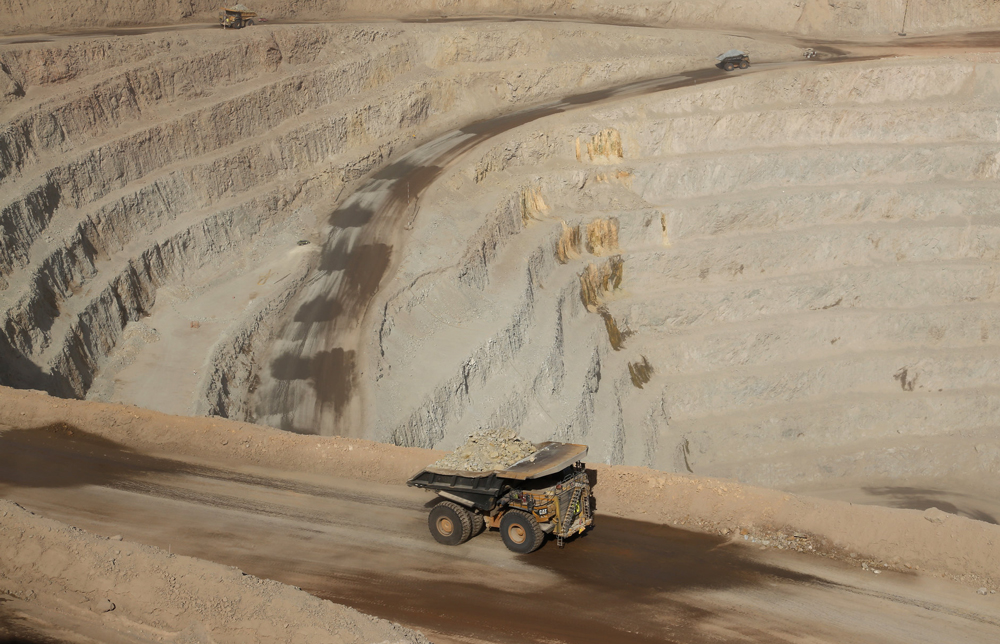In the recent August 20 earnings conference call for its H1 2020 results, Iván Arriagada Herrera, Antofagasta PLC CEO said that the company has made important progress on innovation, and that the current COVID-19 situation is enabling the acceleration of these changes, both with its transformation portfolio and in facilitating new ways of working, becoming more flexible and adaptable.
Herrera commented: “We have large-scale strategic initiatives, such as developing a way to leach primary sulfides, which we have continued to successfully advance and are now conducting industrial-scale tests at Centinela. We have accelerated the adoption of real-time information management and analytics across our organisation. We’re working on the design and deployment of a remote operations centre for Centinela to be located in the city of Antofagasta. We’re using data analytics for planned throughput and recovery optimisation at both Los Pelambres and Centinela, and we’re digitally transforming our support functions and maintenance processes.”
In automation and robotics, the company has implemented autonomous drilling operations at Los Pelambres using an Epiroc Pit Viper 351 fleet. And the company is in the process of tendering for an autonomous fleet for the new Esperanza Sur pit, “which will allow high utilisation and average speeds. We are targeting specific performance improvements to come from these changes.”
Pre-stripping at Esperanza Sur started in Q2 2020. And following the delay caused by COVID-19, the project is now expected to be completed in the first half of 2022. The capital cost estimate for the project is unchanged at $175 million. Esperanza Sur pit is 4 km south of the Esperanza pit and is close to Centinela’s concentrator plant. The deposit contains 1.4 billion tonnes of reserves with a grade of 0.4% copper, 0.13 g/t of gold and 0.012% of molybdenum.
“Opening the Esperanza Sur pit will improve Centinela’s flexibility to supply its concentrator and the higher-grade material, over the initial years, will increase production by some 10–15,000 t of copper per year,compared to how much would be produced if material was solely supplied from the Esperanza pit. This greater flexibility will allow Centinela to smooth and optimise its year-on-year production profile, which has in the past been variable.”











